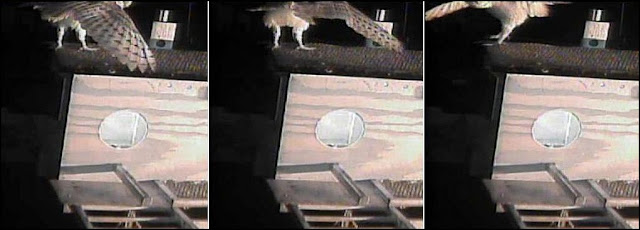The Long-eared Jerboa, Euchoreutes naso, is a nocturnal mouse-like rodent with a long tail, long hind legs for jumping, and exceptionally large ears.
It is distinct enough that authorities consider it to be the only member of both its genus, Euchoreutes, and subfamily, Euchoreutinae.
Long-eared jerboas are found in the Palearctic ecozone. The specific palearctic ecozone areas they are found in are southernmost Mongolia to the Takla-Makan Desert, Mengxin, Aerijin Mountain, and Qing-Zang Plateau regions of north western China.
Long-eared jerboas in most cases are nocturnal,
The long eared jerboa's fur according to the book 100 animals to see before they die "is reddish yellow to pale russet with white underparts." There is a long eared Jerboa coin. Very little is known about the species.
 Intermission 11:25pm, Syd left the stage; An unknown voice performing 2 solos 1:12am & 1:50; Syd spotted in the tree 1:53 staying till 1:58; & to the pitter patter of rain 3:39.
Intermission 11:25pm, Syd left the stage; An unknown voice performing 2 solos 1:12am & 1:50; Syd spotted in the tree 1:53 staying till 1:58; & to the pitter patter of rain 3:39.



